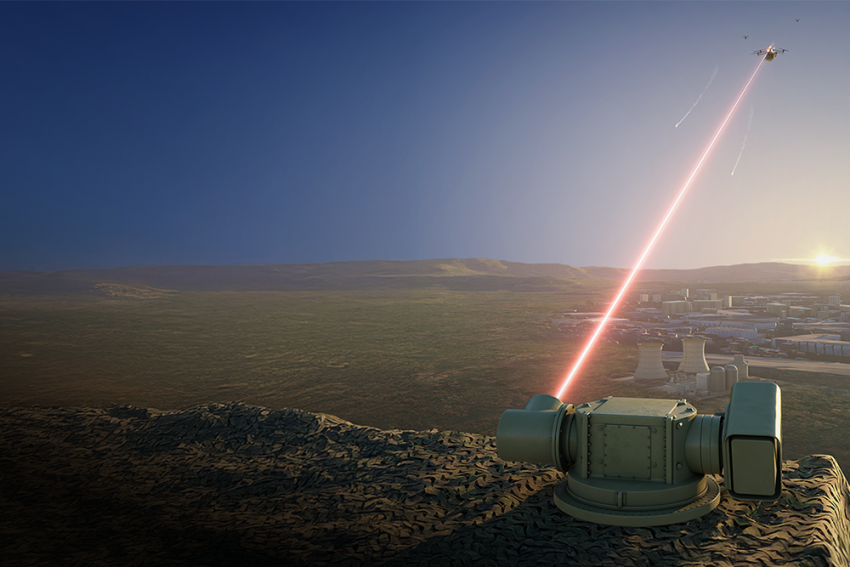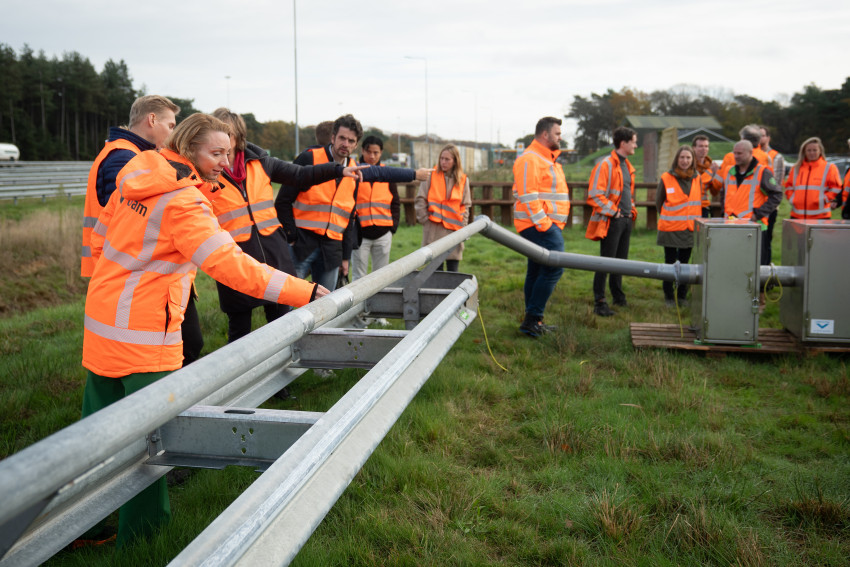
Uber and out?
On 18 March 2018, there were probably more than three thousand traffic victims worldwide, just like any other day. But one of those victims gained more attention than any of the rest, after Elaine Herzberg died in a collision with an autonomous Uber test car.
The police were quick to classify the accident (read: 'Arizona prohibits Uber's autonomous test cars') as inevitable, even for a human driver. But once the video images had been released, the reality of the situation became clear. The victim is indeed only visible on the dash cam at the last moment. However, using a high-resolution camera (or our eyes), this accident should have been avoidable, and especially so with modern lidar and radar systems normally used in autonomous cars, including those of Uber. I actually expect that a standard Volvo XC90 with its modern safety systems would have had little difficulty with the situation. But this was a Volvo adapted by Uber – and that makes the case even trickier. For now, it's a guessing game as to what exactly went wrong.
The enormous carelessness demonstrated by Uber is damaging
It may well be a good thing if the over-optimists were to take a slightly more tempered view of the future of autonomous mobility. The phrase 'Once we're all using autonomous cars, then...' is often followed by worrying nonsense. Such as the idea that we will need fewer car parks, traffic jams will disappear, driving ourselves will be forbidden and the insurance branch will become obsolete. I very much doubt any of the above.
Standing across from the techno-optimists are the sceptics, who even advocate that we put a complete stop to allowing autonomy in cars. That too is worrying, as there is undoubted potential for safer traffic situations in the future. And so the enormous carelessness demonstrated by Uber is all the more damaging.
I hope there won’t be too much delay. I don’t believe Uber will play any real role in the further development of autonomous driving. In fact, I've always doubted their sincerity in becoming a robotic taxi company. After all, the remote prospect of driverless taxis has been a useful trump card for Uber through the numerous complex negotiations on unfair competition, with taxi trade unions and government bodies. That in itself could render the investment viable. I don't really believe they need autonomous cars, and the product itself is effective enough using human drivers – especially when they drive much cleaner cars in the future, as we all will. The implicit over-cautiousness of a robotic taxi will justify the limited extra costs of a driver for many decades to come.
How many deaths are acceptable due to autonomous driving? How many deaths are acceptable due to conventional driving? An article in Dutch national newspaper NRC even suggested that we might banish the whole system of driving cars. However, if that is to be achieved, we need to banish traffic, with the exception of pedestrians. Only half of the daily three thousand deaths are actually caused by cars. The number of fatalities per kilometre travelled hardly varies at all between the various modes of transport. Walking it is then, but wearing a helmet for safety's sake, and optional bubble wrap. After all, there's nothing as deadly as life itself.
Carlo van de Weijer is director of the strategic area Smart Mobility at Eindhoven University of Technology and works for TomTom.
If you found this article interesting, subscribe for free to our weekly newsletter!







